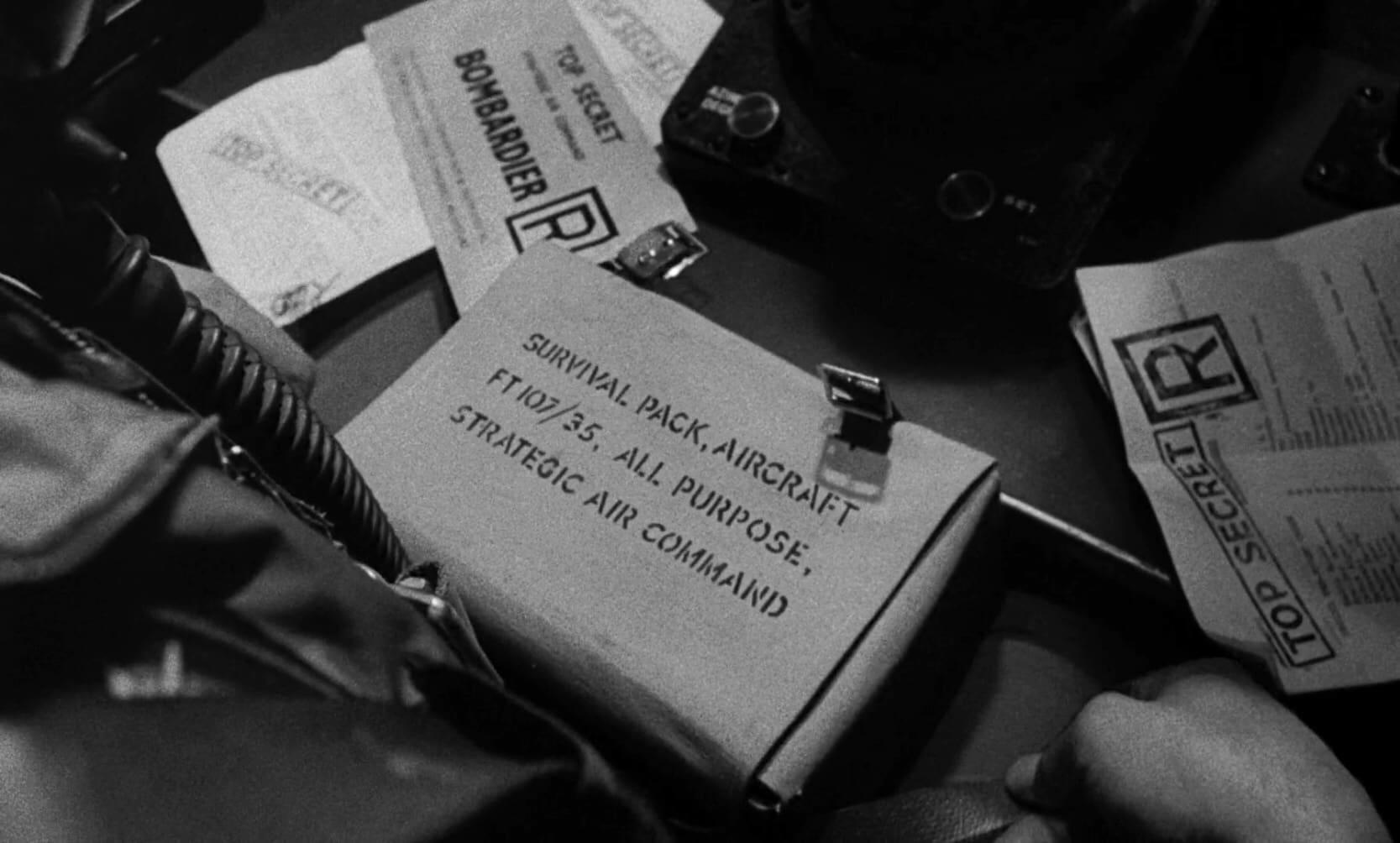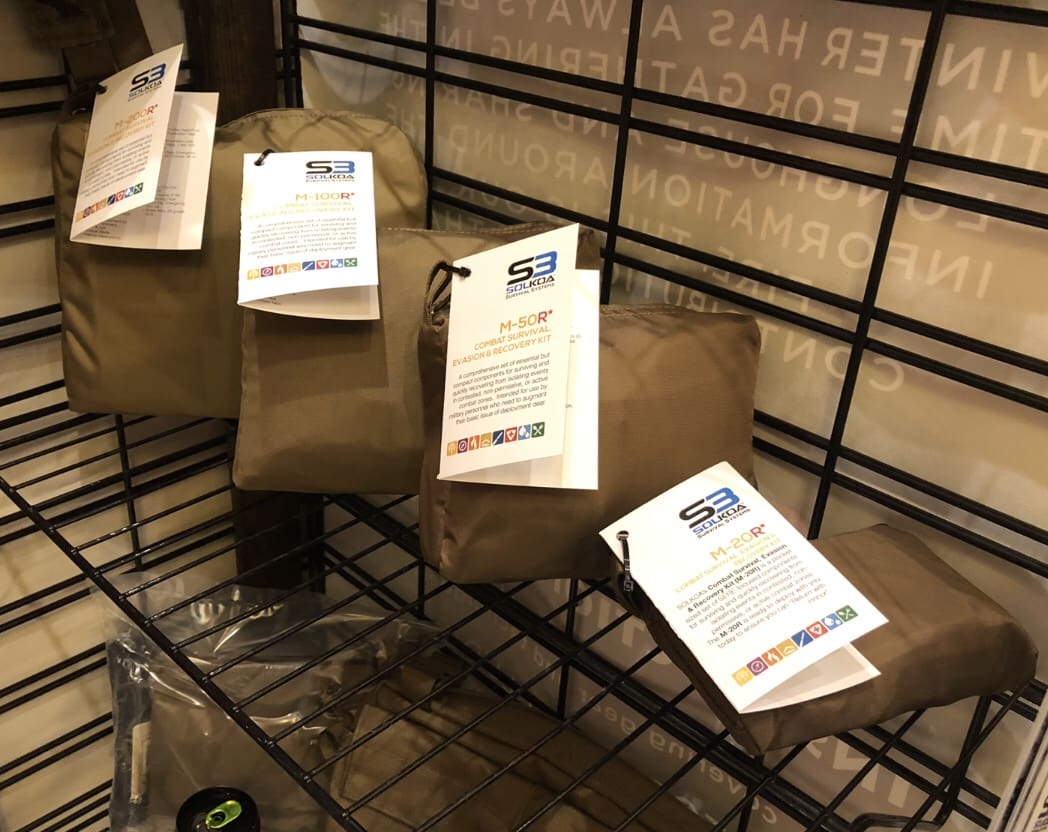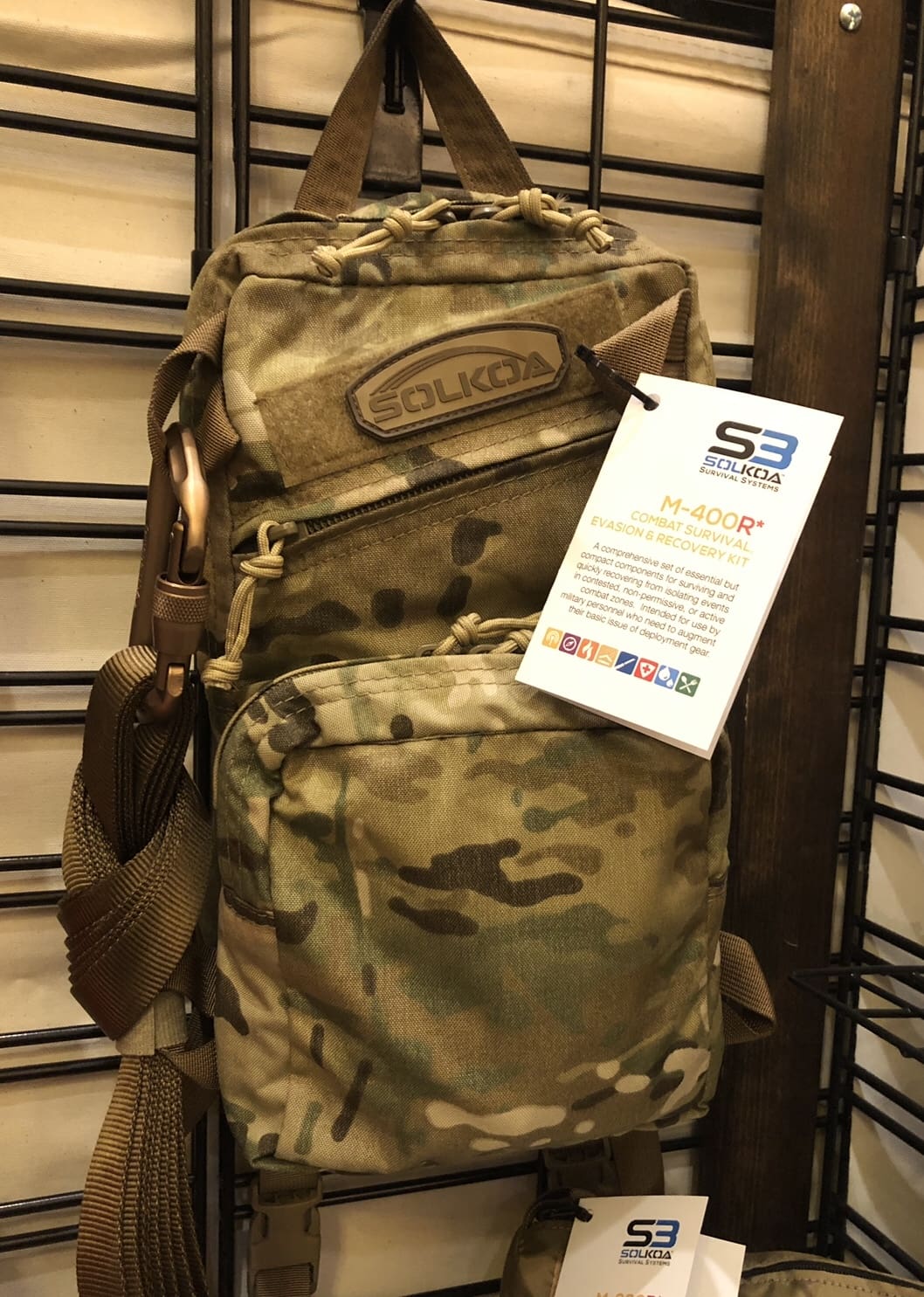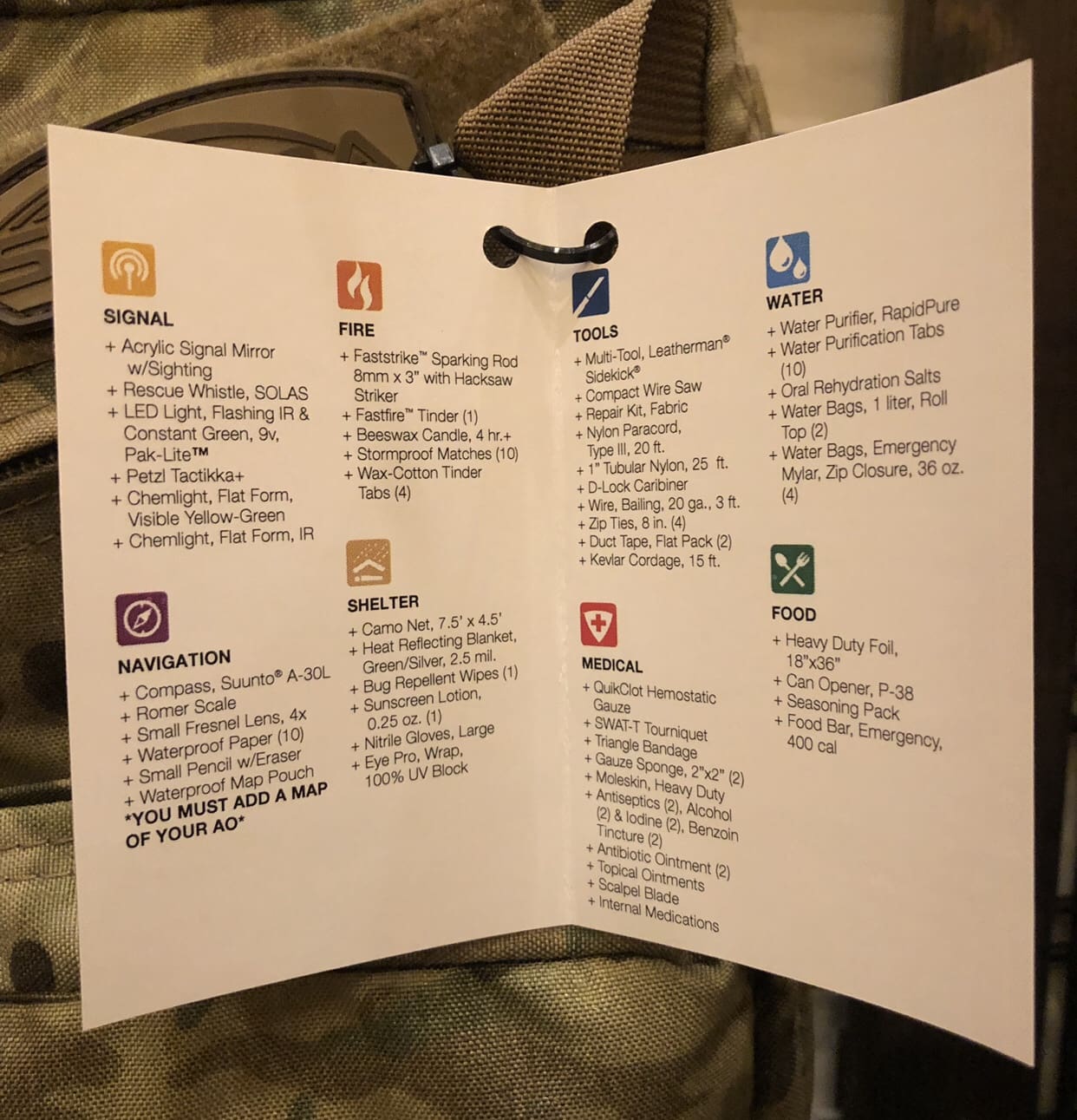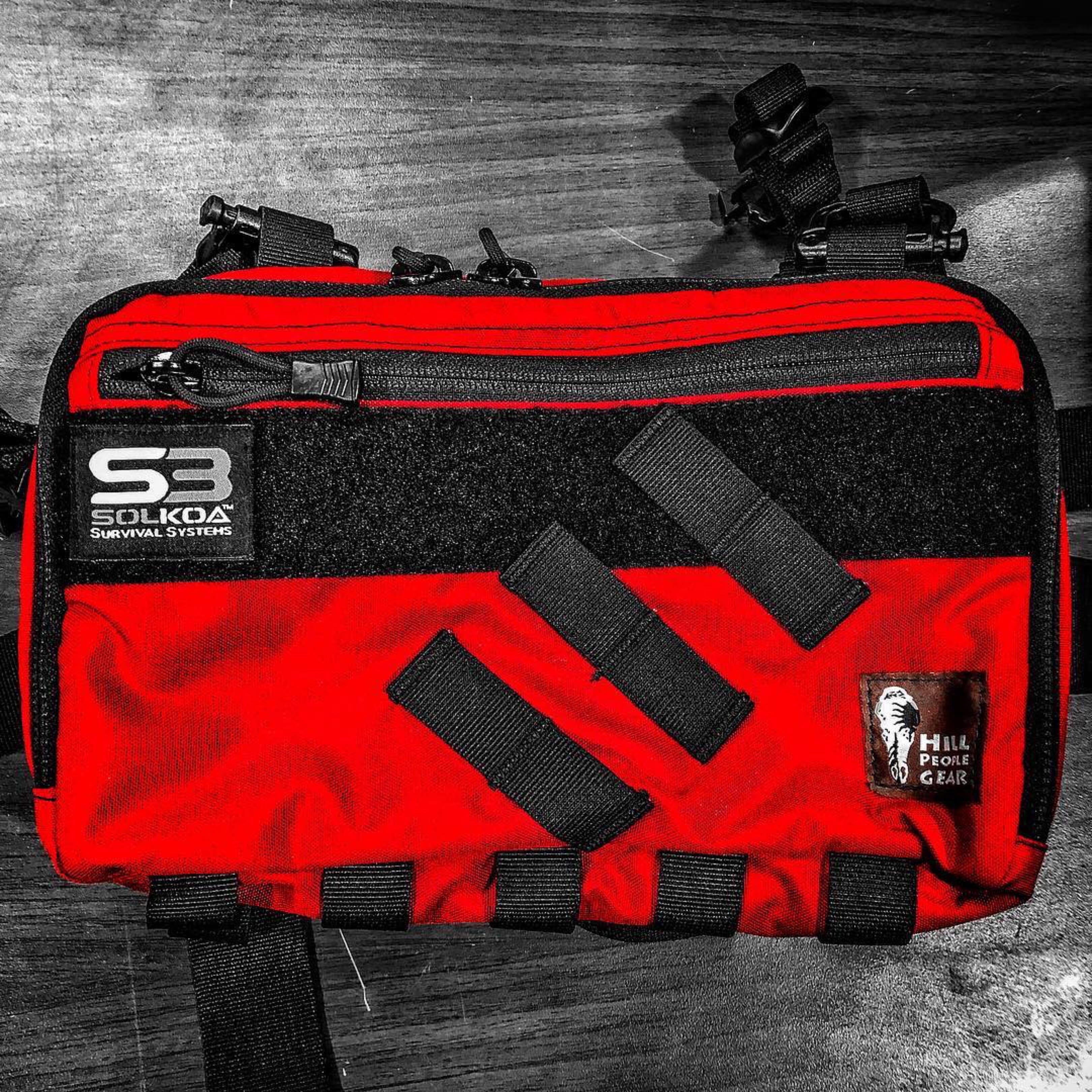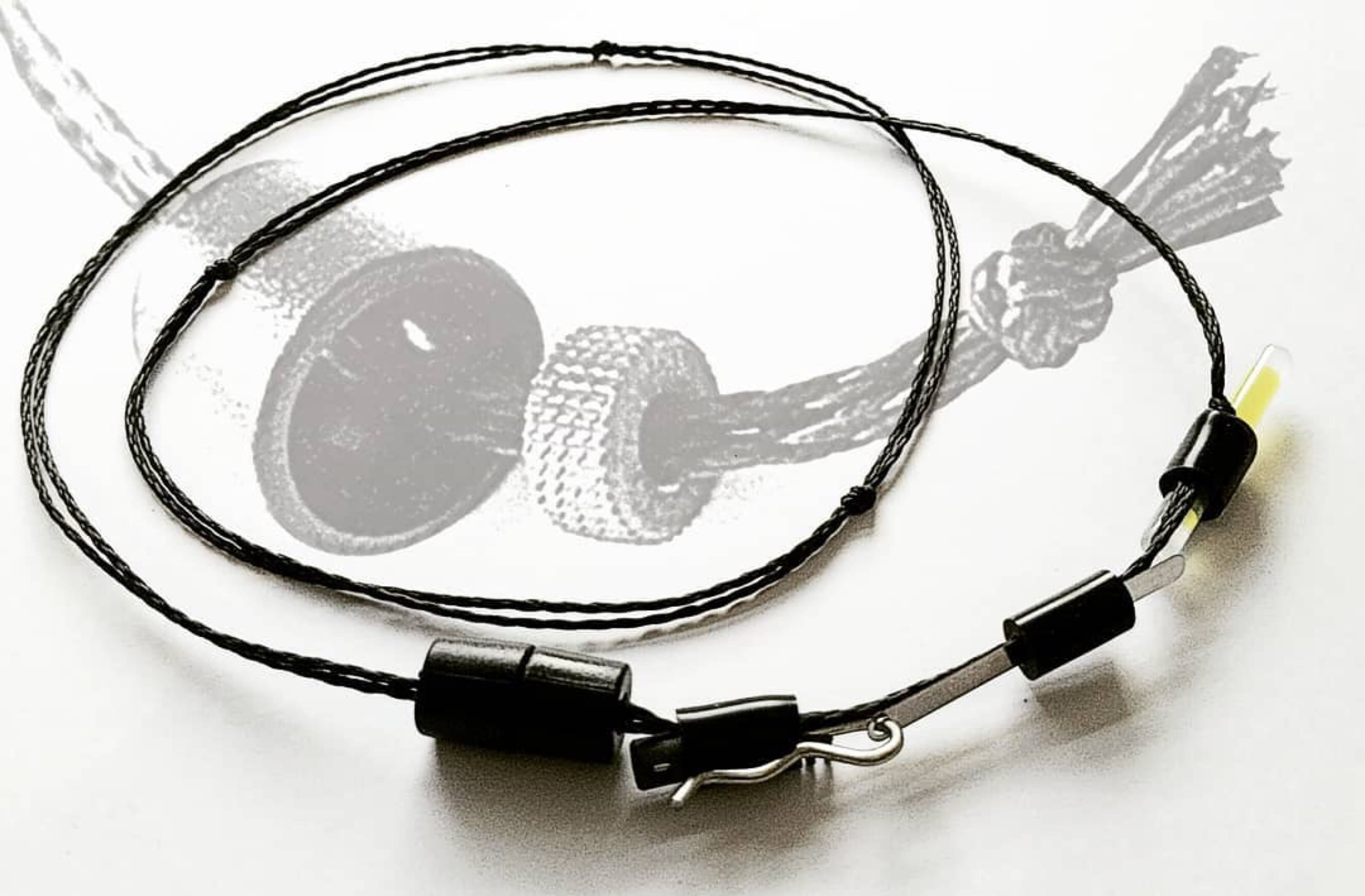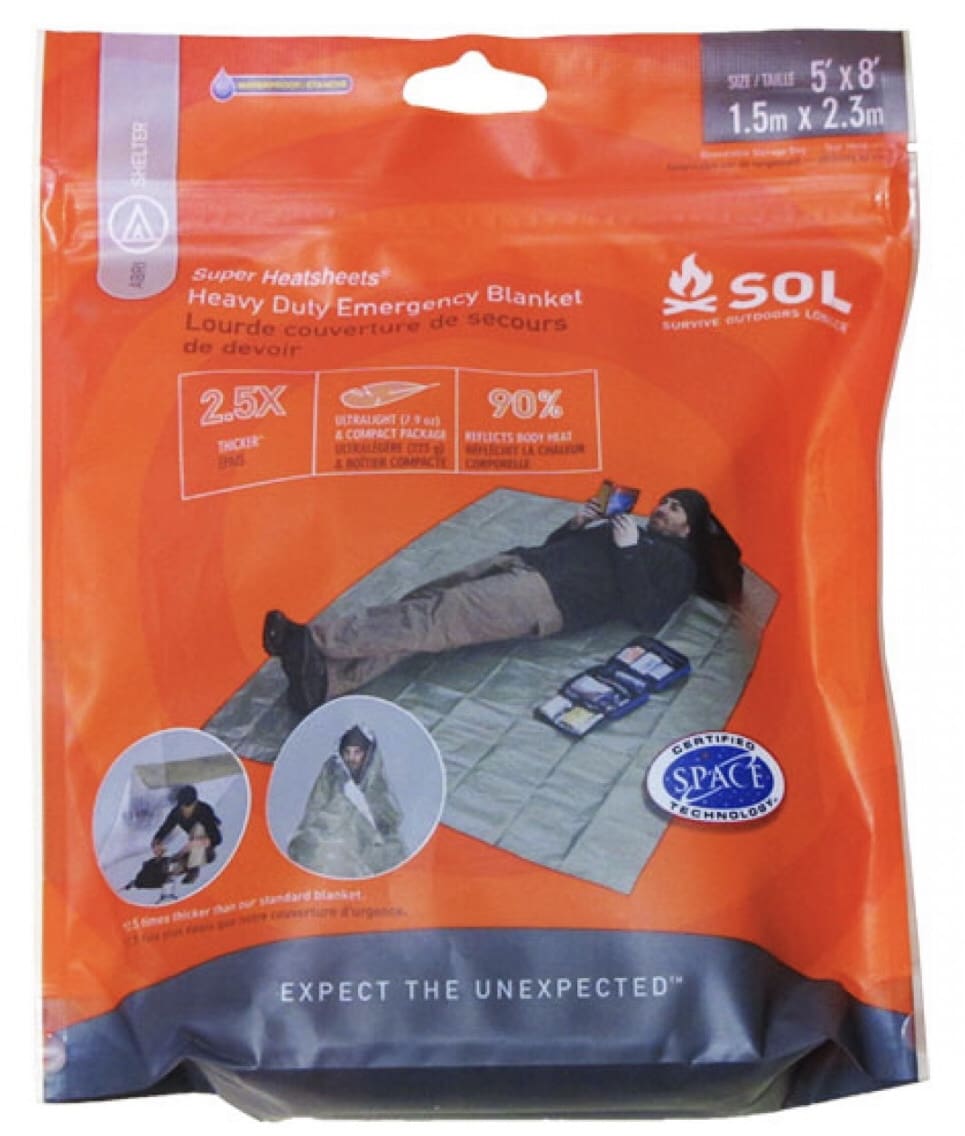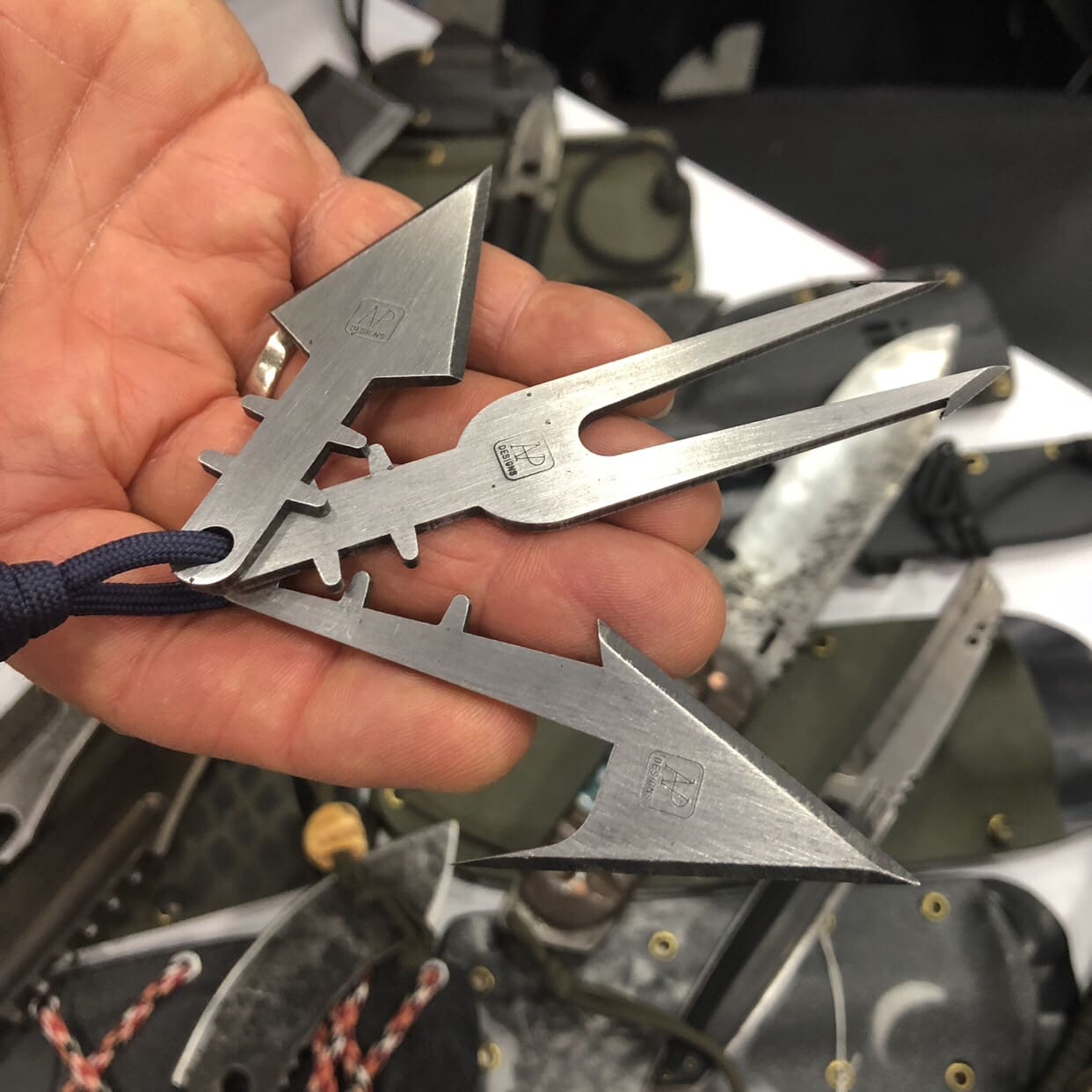FAIRCHILD AIR FORCE BASE, Wash. — The Air Force recently implemented an advanced Survival, Evasion, Resistance and Escape Combatives Program to enhance SERE specialists’ capability to instruct self-defense techniques to aircrews, thereby increasing survival chances in an unfriendly environment.
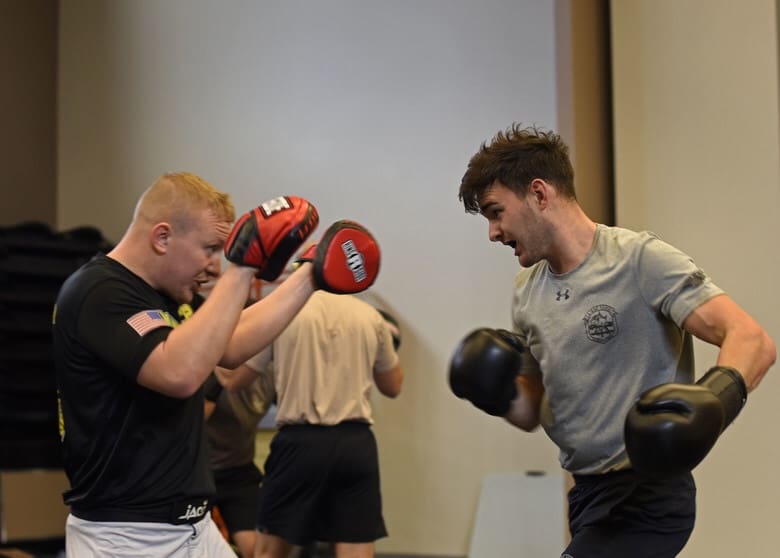
U.S Air Force Senior Airman Skyler Pendleton, 22nd Training Squadron Survival, Evasion, Resistance and Escape specialist and SERE Combatives Program instructor, blocks punches from Airman 1st Class Justin Croteau, 22nd TRS SERE specialist, during a four-hour block of combative training at Fairchild Air Force Base, Washington, Nov. 7, 2018. The 80-hour program trains on projectile, striking, clenching and grappling self-defense techniques. (U.S. Air Force photo/Airman 1st class Jesenia Landaverde)
The combatives class trains in advanced projectile, striking, clenching and grappling self-defense techniques for SERE specialist Airmen.
“The program is not about learning how to fight,” said Senior Airman Skyler Pendleton, 22nd Training Squadron SERE specialist and SERE Combatives Program instructor. “It’s about learning how to defend yourself whether it is downtown, in a deployed location or in a worse environment where you may need to evade or escape.”
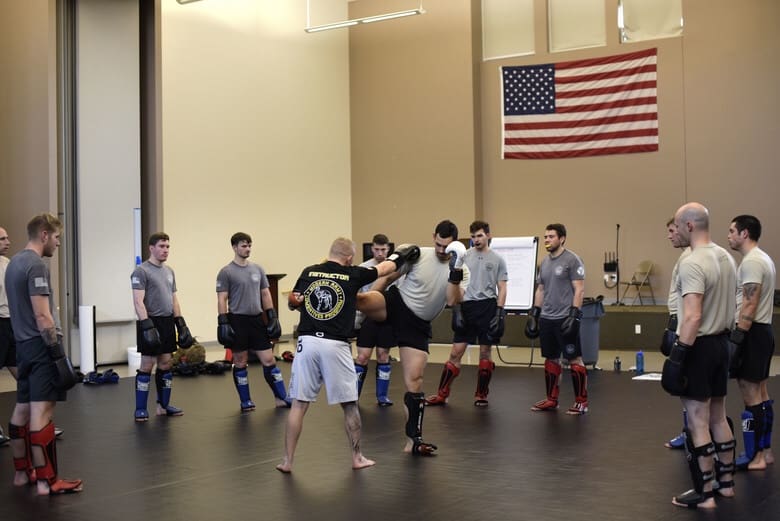
U.S Air Force Senior Airman Skyler Pendleton, 22nd Training Squadron Survival Evasion Resistance Escape specialist and SERE Combatives Program instructor, demonstrates self-defense moves to other SERE specialists during a combatives class at Fairchild Air Force Base, Washington, Nov. 7, 2018. The Air Force recently implemented an advanced SERE Combatives Program to enhance SERE specialists’ capability to provide self-defense techniques and increase survivability in an unfriendly environment. (U.S. Air Force photo/Airman 1st class Jesenia Landaverde)
The 80-hour program is an advancement of the 40-hour course SERE specialists take in technical training.
“Some of the techniques are more complex than we’re used to,” said Staff Sgt. Erik Wieland, 306th Rescue Squadron SERE specialist reservist from Davis-Monthan Air Force Base, Arizona. “It’s challenging to take every step and perform it perfectly- not only to complete the course, but to go back to your unit and teach it to your customers correctly, so they are prepared in the field.”
Instructors evaluate specialists on various moves from across the entire spectrum of combatives through hands-on demonstrations and through a question-and-answer portion. Specialists must explain the importance of combatives moves and tell instructors why certain moves may be more efficient than others in combat scenarios.
“This training is different than MMA, boxing, wrestling, etc.,” Pendleton said. “One must realize this is the game of life, there are no rules and anything is fair play. You might have to knee someone in the face or do whatever it takes to get out of a situation and survive. We keep the training controlled but try not to get stuck in a rule-based system of fighting where you can’t do certain moves because it is considered dangerous.”
SERE specialists prepare isolated personnel for any emergency event or captivity situation. This advanced program will increase mission readiness for aircrew by creating a heightened level of assurance in their ability to prevent or escape precarious situations and return home with honor.
By Airman 1st Class Jesenia Landaverde, 92nd Air Refueling Wing Public Affairs
